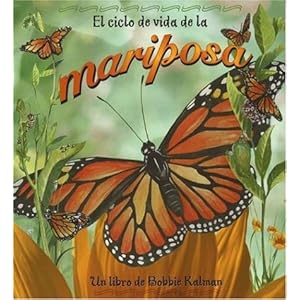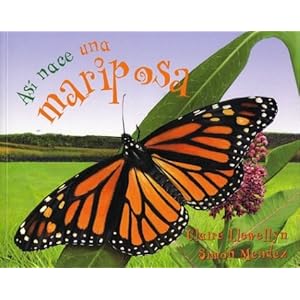Last night while I was cooking dinner, I overheard the news anchorman say, "We're talking about homework. How much is too much and is it even necessary at all?" You can see the video from the broadcast
here. (Updated 8/21/13: The original video is not available but
here is a link to a similar report.)
As a teacher, I have never been a huge fan of homework. It brings up so many questions: What assignment do I give? How much do I give? What horrible thing logical consequence happens to those that do not do their homework? How do I grade homework? Do I grade homework? How much weight do I give the homework grades?
After processing those questions for many years and working through my Masters in Reading where I read lots and lots of research, I developed my own personal philosophy about homework.
Homework
SHOULD NOT be:
- a time where I expect the parents to do the job that I should have done during the school day
- the boring work that I do not want to make time for in my schedule
- an assignment that has never been practiced with my guidance in class
- unexpected and unpredictable
- frustrating for parents, children, and the teacher!
Homework
SHOULD be:
- congruent with my beliefs about what good teaching and instruction should look like in my classroom
- a reflection of the learning that we are doing in school
- consistent and predictable so that families can plan for their lives outside of school
- a time for the student and the parent(s) to bond with each other as they talk and learn from each other
- challenging but rewarding for both the parents, children, and the teacher!
Based on this philosophy, I made this weekly homework packet for my second graders.

In class, my students and I kept individual dialogue journals about their reading during self-selected reading time. "Lectura en casa" was a miniature extension of these journals.
The entire packet was turned in on Monday mornings and a new packet was sent home on Monday afternoon. I did not check the packet every day. Wait a minute! I know what you're thinking! What if they just filled in the whole thing over the weekend? That probably happened but there are only so many things you can control. I read
this article and it confirmed my decision. (Update 8/21/13 - The linked article is now only available to Choice Literacy subscribers. Sorry! However,
this more recent article by Kathy Collins is excellent!)

While the majority of the writing in our classroom was in a writing workshop format where the students could choose the genre and topic, for "Escritura en casa", I would write a simple prompt that would ideally inspire some discussion at home before writing. I asked students to tell how they got their name, to share their families' funniest moment, to retell a special memory with a relative, etc. This was my favorite sheet of the homework packet because it really gave me a window into my students' lives and the anecdotes provided a means for me to build relationships with the parents. It was amazing how a comment about one of these stories could quickly light the mood at a parent-teacher conference!

Spelling homework! Ahhhh! Since I have entered the world of parenthood, I hear more horror stories from my friends with school-aged children about the dreadfulness of spelling homework. I think spelling is the area of more teacher malpractice than any other subject area but that is a whole other bowl of frijoles! Anyways, I use the Words Their Way method for spelling during the school day so that spills over into homework. On Mondays, students sort their Spanish words according to the patterns for that week. On Tuesday, they do a no-peeking writing sort with the Spanish words. On Wednesdays and Thursdays, they repeat the process with their English words.
All in all, it is a pretty painless process and my students' scores on the Friday assessment were much better than they had been when I required things like writing sentences, rainbow spelling, pyramid spelling, alphabetical order, etc. To all of my former students who were required to do those assignments, please consider this my open letter of apology!


My math assignments varied throughout the school year. This page was in the packet for the majority of the first semester while students were working on automaticity with their sums. During class, we discussed various strategies for visualizing numeracy. We played several different games and made flashcards. Students were to use those flashcards as well as playing cards or dice to practice their sums at home. Embedding the table as an assessment tool was helpful in keeping the parents informed about how well their children really knew the facts. This is one of those concrete tools that parents really love because they can see progress over time. I got a lot of good feedback from this page.

Because my total packet was three pages front and back, I alternated between using the Science and the Social Studies pages each week. Most of the time, I would write a question asking students to apply our unit of study to their lives at home. I would often find the questions or prompts in the textbook teacher's guides. The topics were sometimes imaginative (What would it be like today in your house if electricity had never been invented?) or exploratory (Make a list of five items in your house that are attracted to your magnet.).
So, there you have it! It's not perfect and I will continue tweaking it to make sure that homework is truly purposeful and powerful in bridging learning from school to home. If you would like to download my homework packet for free, you can do so
here. Let me know what you think! I would love to know how you make homework work for you in your classroom!





























